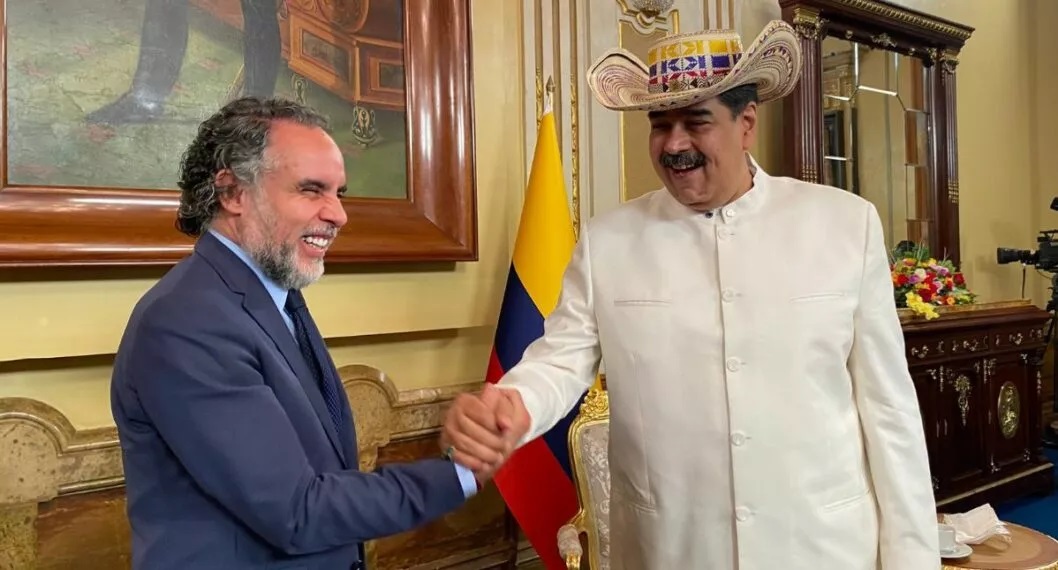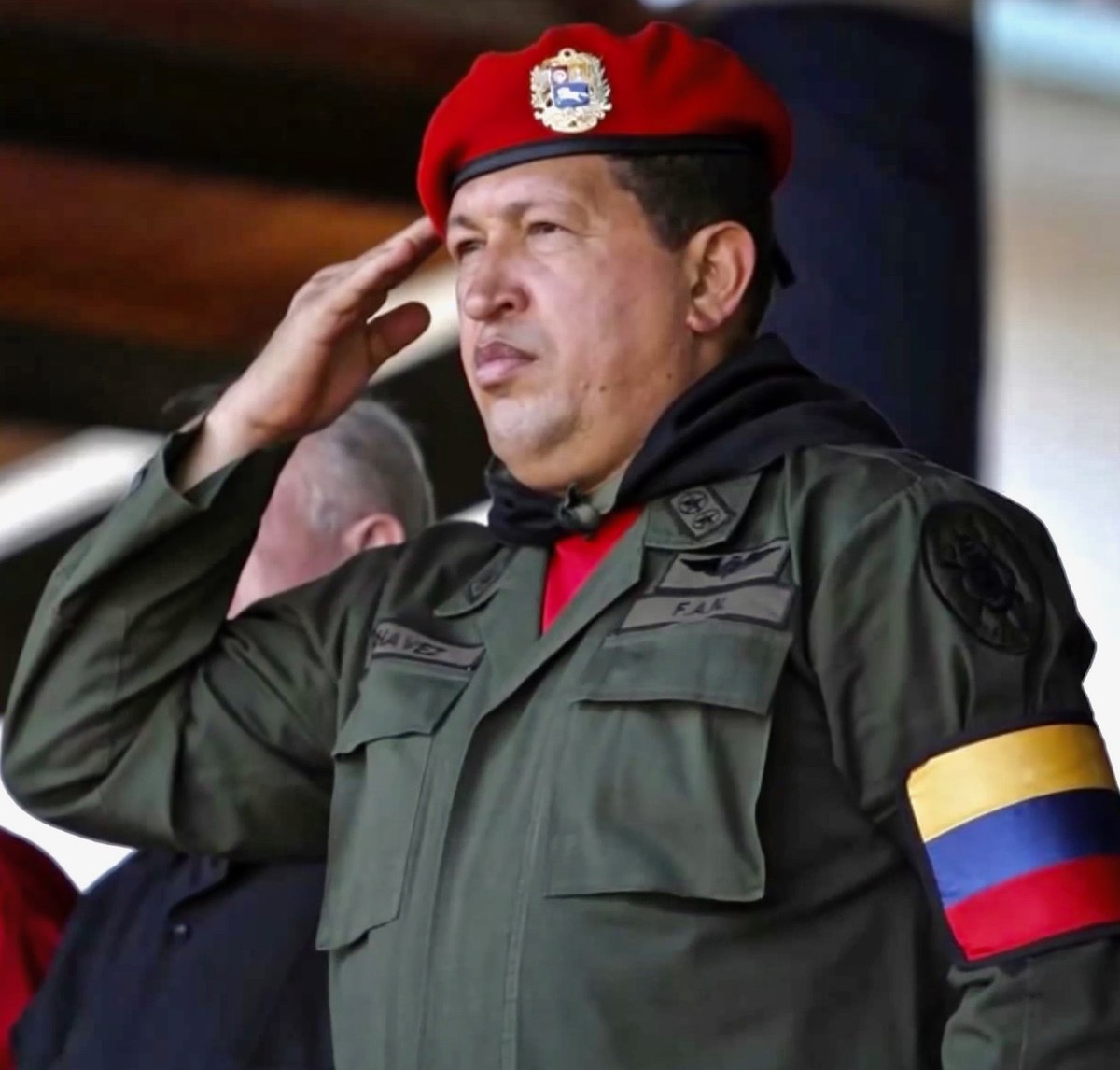Venezuela lost 2,289,834 hectares of forests in the last 21 years. The area is equivalent to almost 47 times the surface of the city of Caracas; The number is significant, and it is important to begin to understand what this loss means for the country.
The study Vanishing Forests: Deforestation in Venezuela 2016-2021, published by the Venezuelan environmental organization Clima 21 together with the Venezuelan Observatory on Environmental Human Rights (Ovdha), provides essential keys to understanding this phenomenon.
Where is deforestation concentrated in Venezuela?
An analysis of data from the Global Forest Watch initiative revealed that more than half (57%) of the country’s forest loss was concentrated in five states for the period 2001-2021.
Bolívar, Zulia, Monagas, Amazonas and Anzoátegui are the states that concentrate the largest surface of deforestation in the country, according to data collected through remote sensing by Global Forest Watch. This is an initiative of academics, experts from Non-Governmental Organizations and international environmental organizations that provides information free from the intervention of companies and governments.
“What is happening in the state of Zulia has to do with the change in the use of the land for Palm Oil plantations, whereas the states of Bolívar and Amazonas consistently remain in the first places every year,” explained biologist Alejandro Álvarez, general coordinator at Clima 21.
The state of Amazonas, a region characterized by its number of national parks, ranked second among the states that lost the most forest cover during the past year.
What kind of forests are affected?
A key finding of the study is that deforestation in Venezuela has intensified, especially in natural forests with little human intervention. This means that in the last five years, pristine forests have begun to be deforested across the country.
The study, one of the very few to conduct a nationwide analysis, found that “the deforestation rate of natural forests -those with very little intervention- increased by an average of 198% per year”.
What are the consequences of deforestation?
Deforestation involves much more than the loss of a few trees, as occurred in recent weeks due to rain and strong winds.
The loss of natural forests in Venezuela means that all the carbon dioxide that was trapped in the leaves, stems and roots of the trees is released back into the atmosphere. This also has consequences for wildlife such as birds and insects that inhabit the forests.
As Venezuelan natural forests disappear, the natural sources of freshwater are also lost, and the risk of socio-natural disasters such as the recent tragedies of Las Tejerías and El Castaño increases.
Also, the loss of trees in tropical areas in places such as the basin of the Orinoco River generates the conditions for an increase in the transmission of diseases such as malaria, dengue and yellow fever in the country.
Translated by José Rafael Medina




